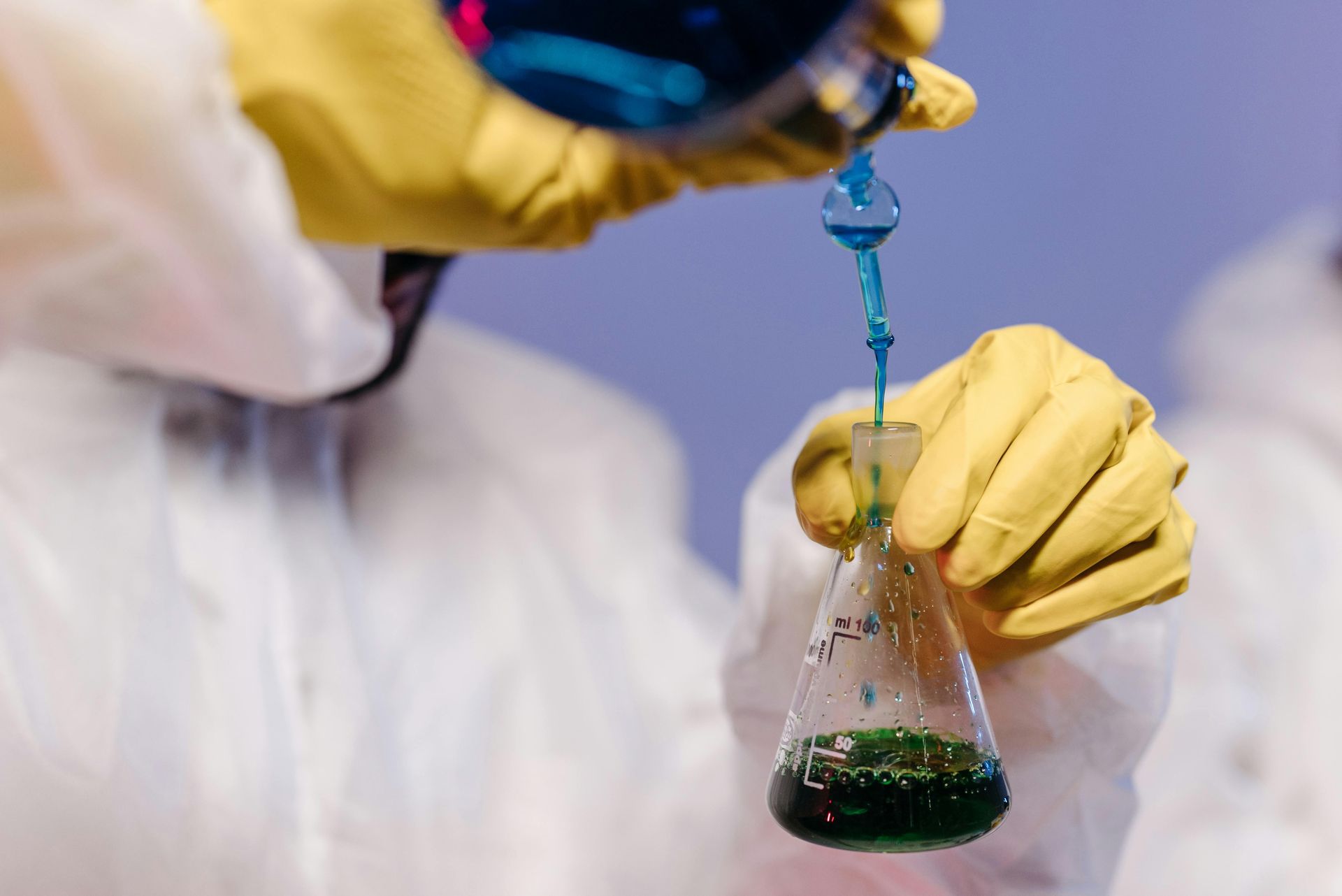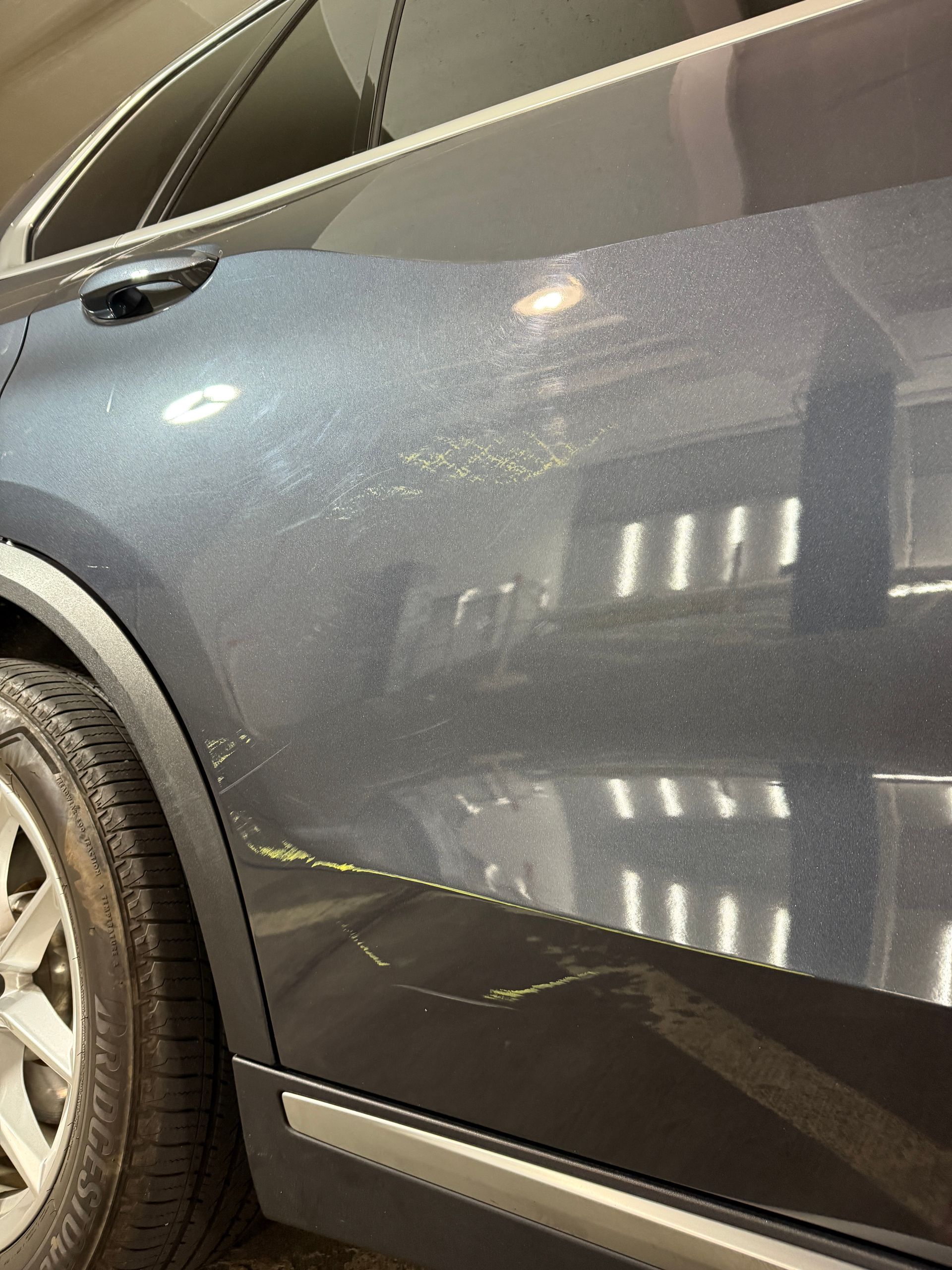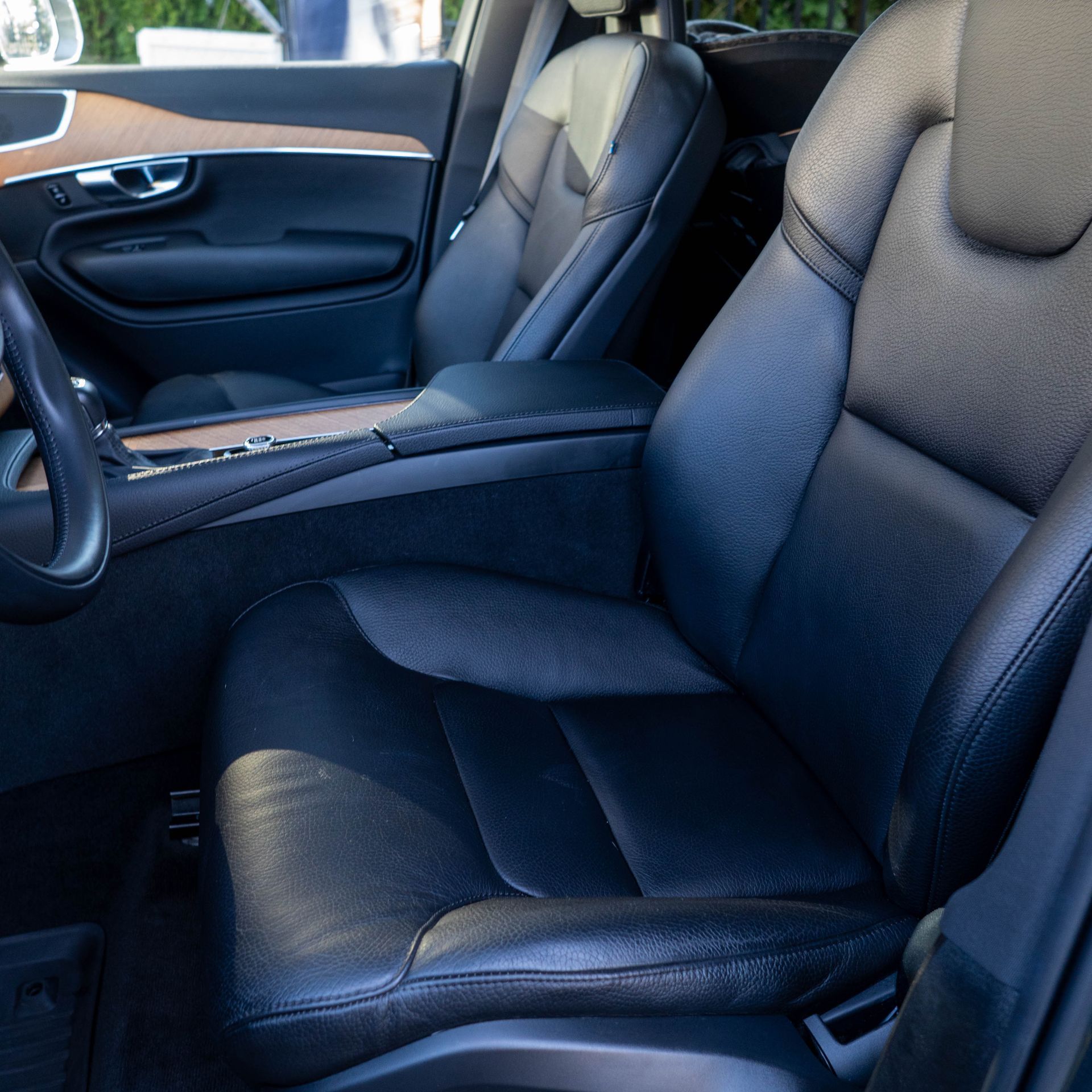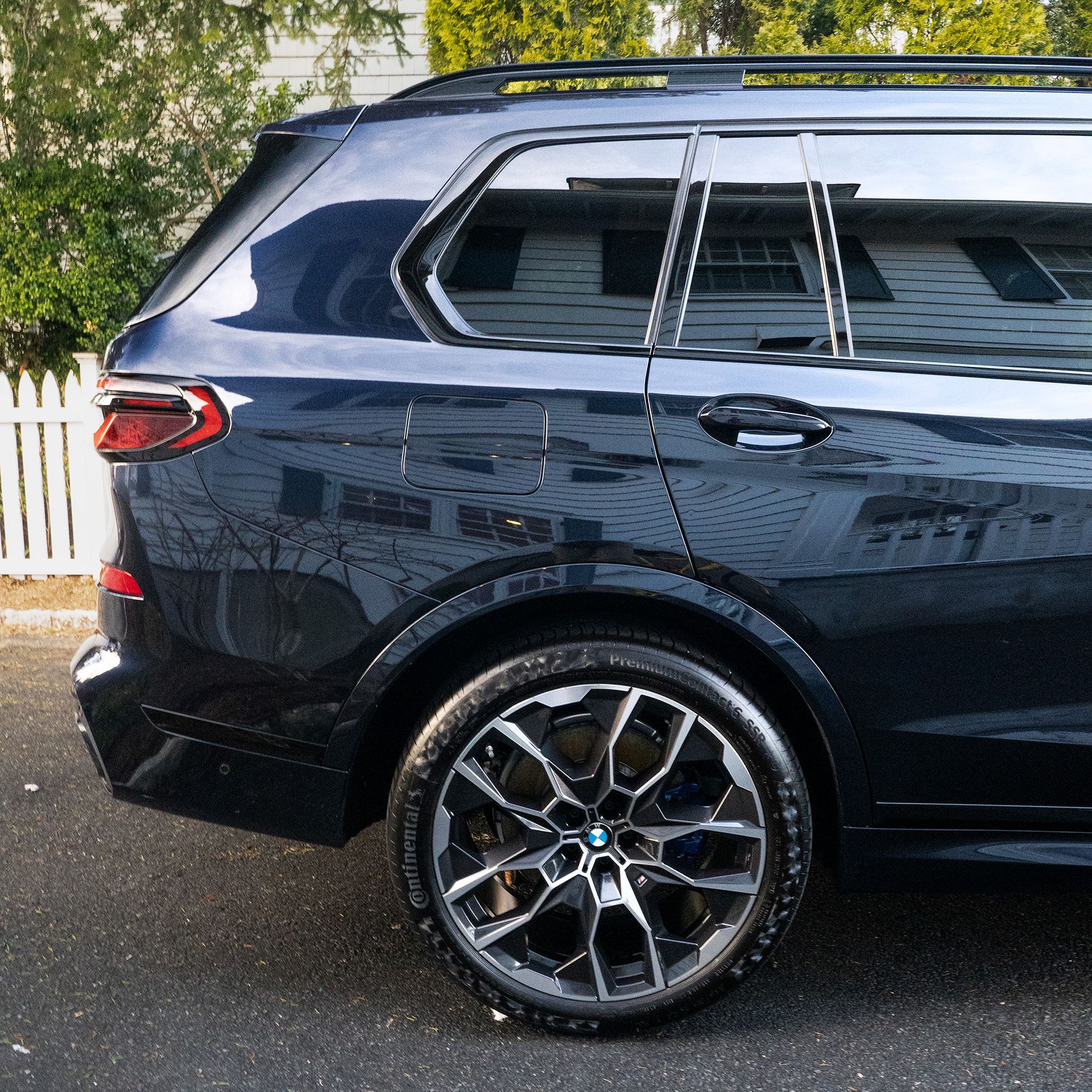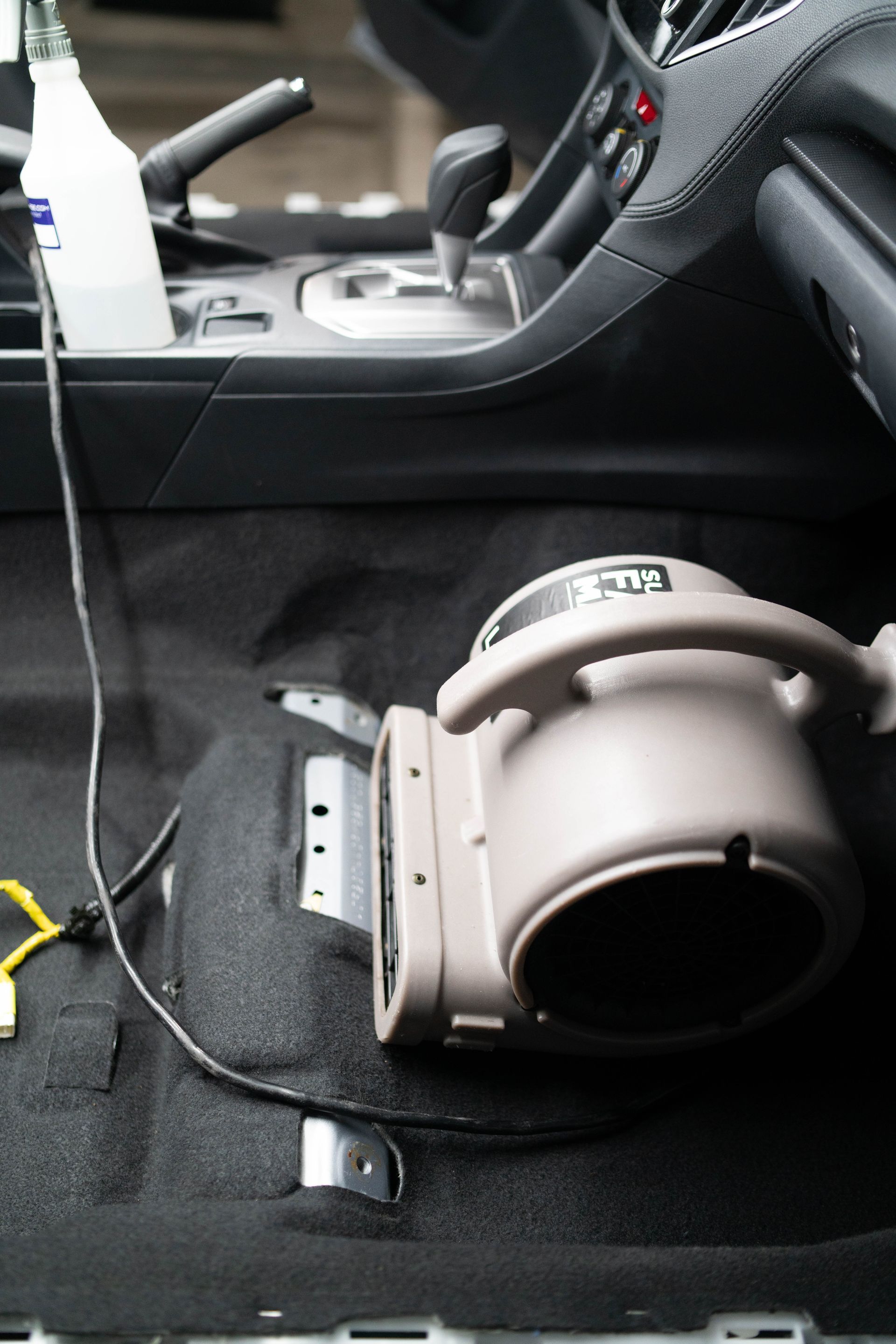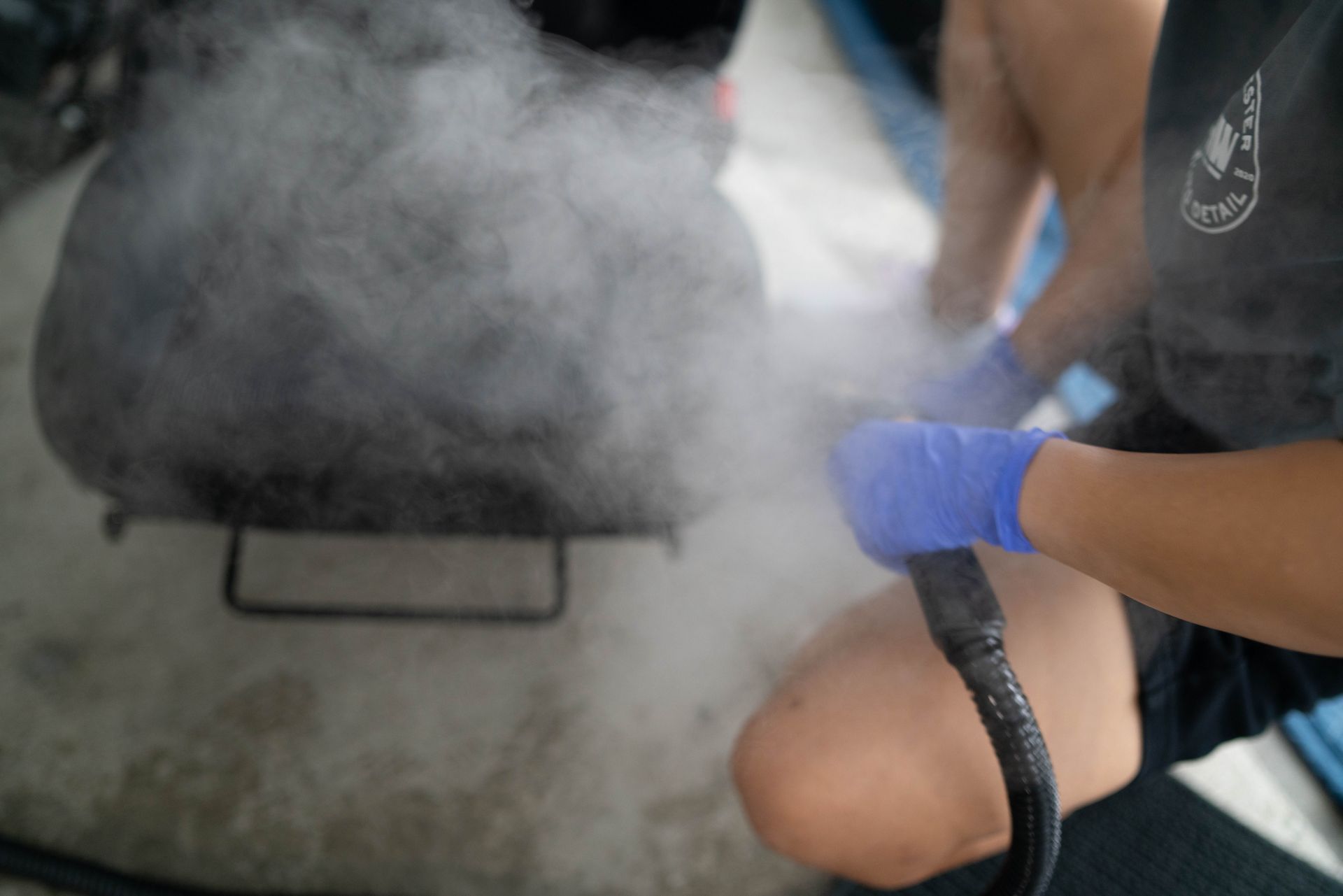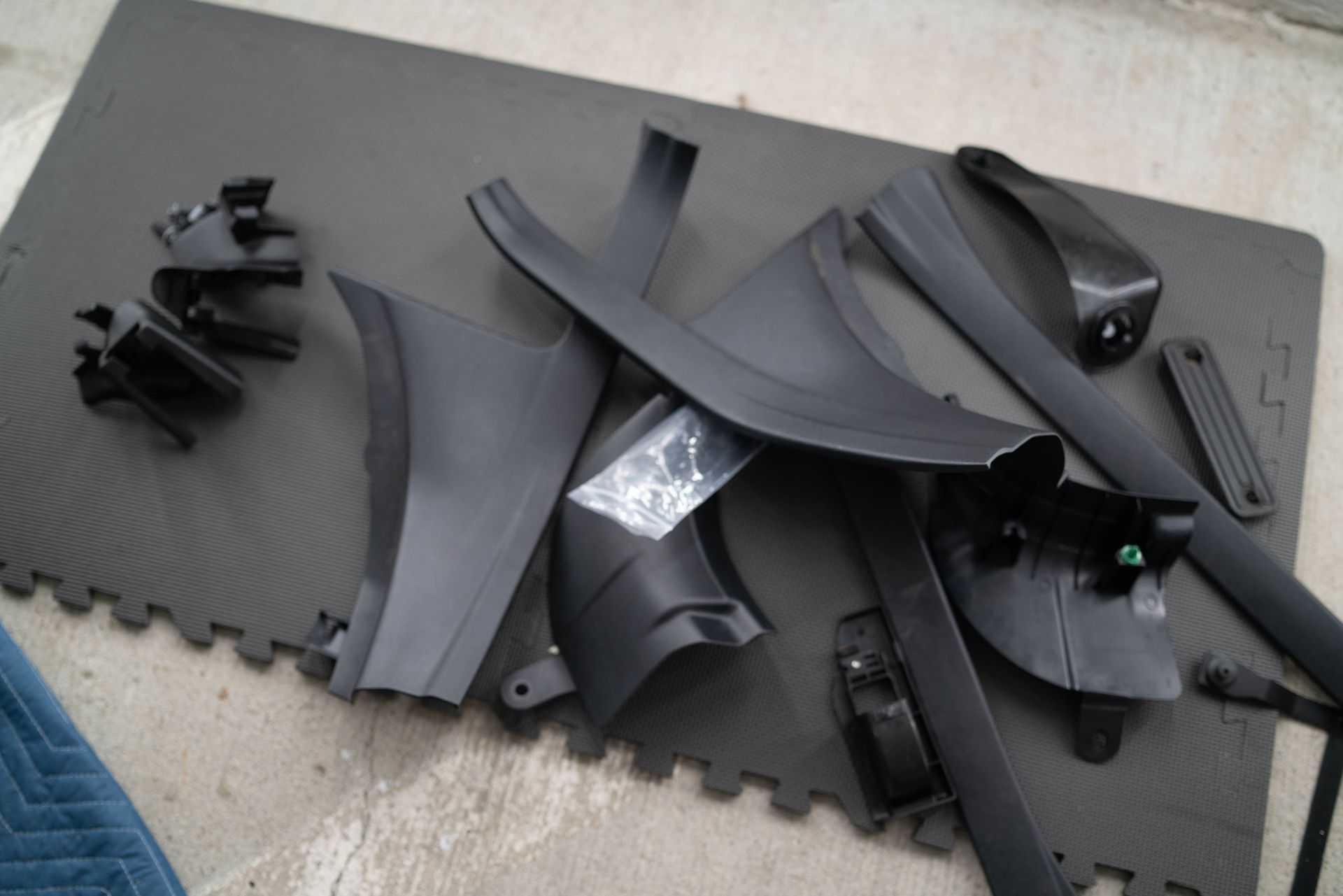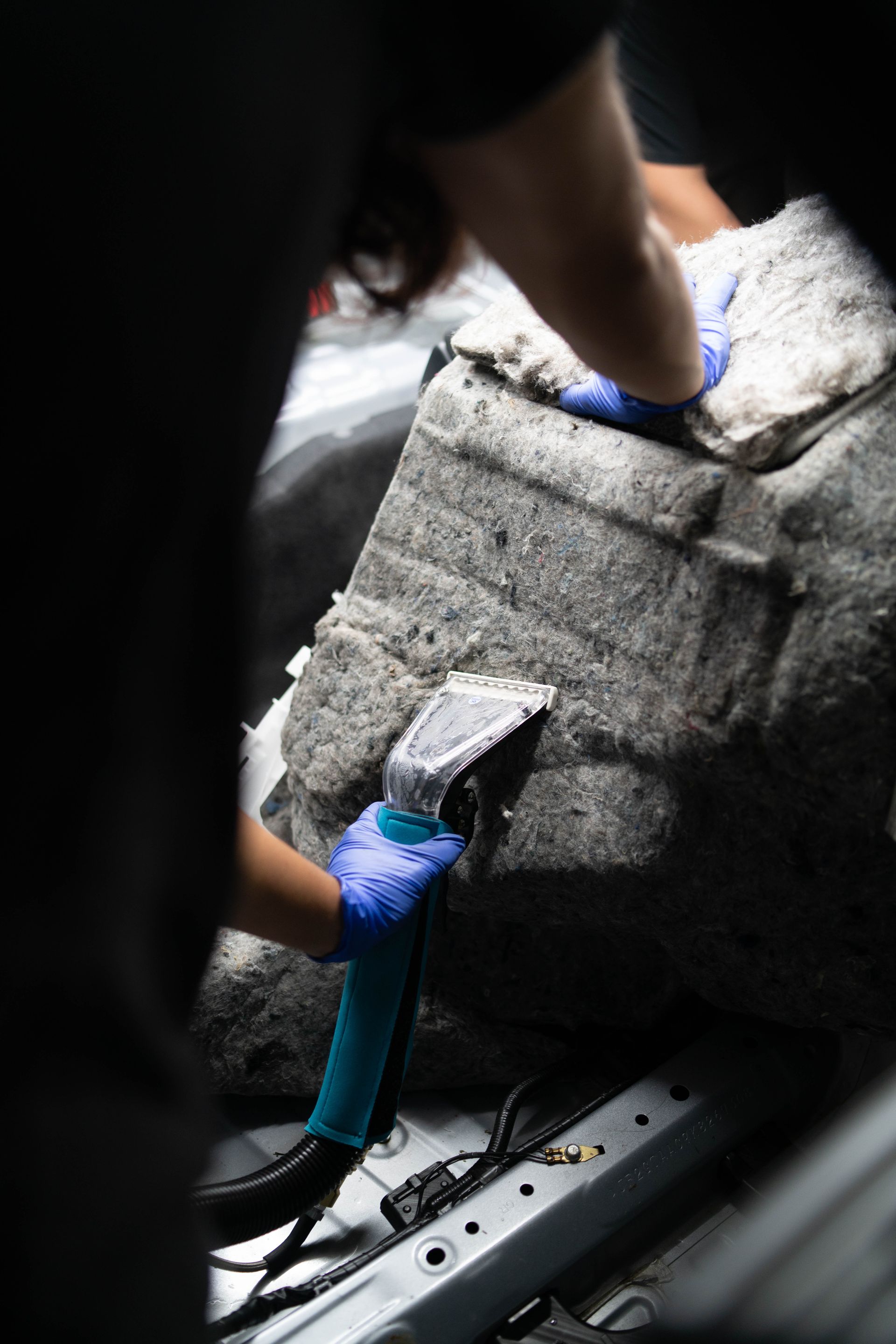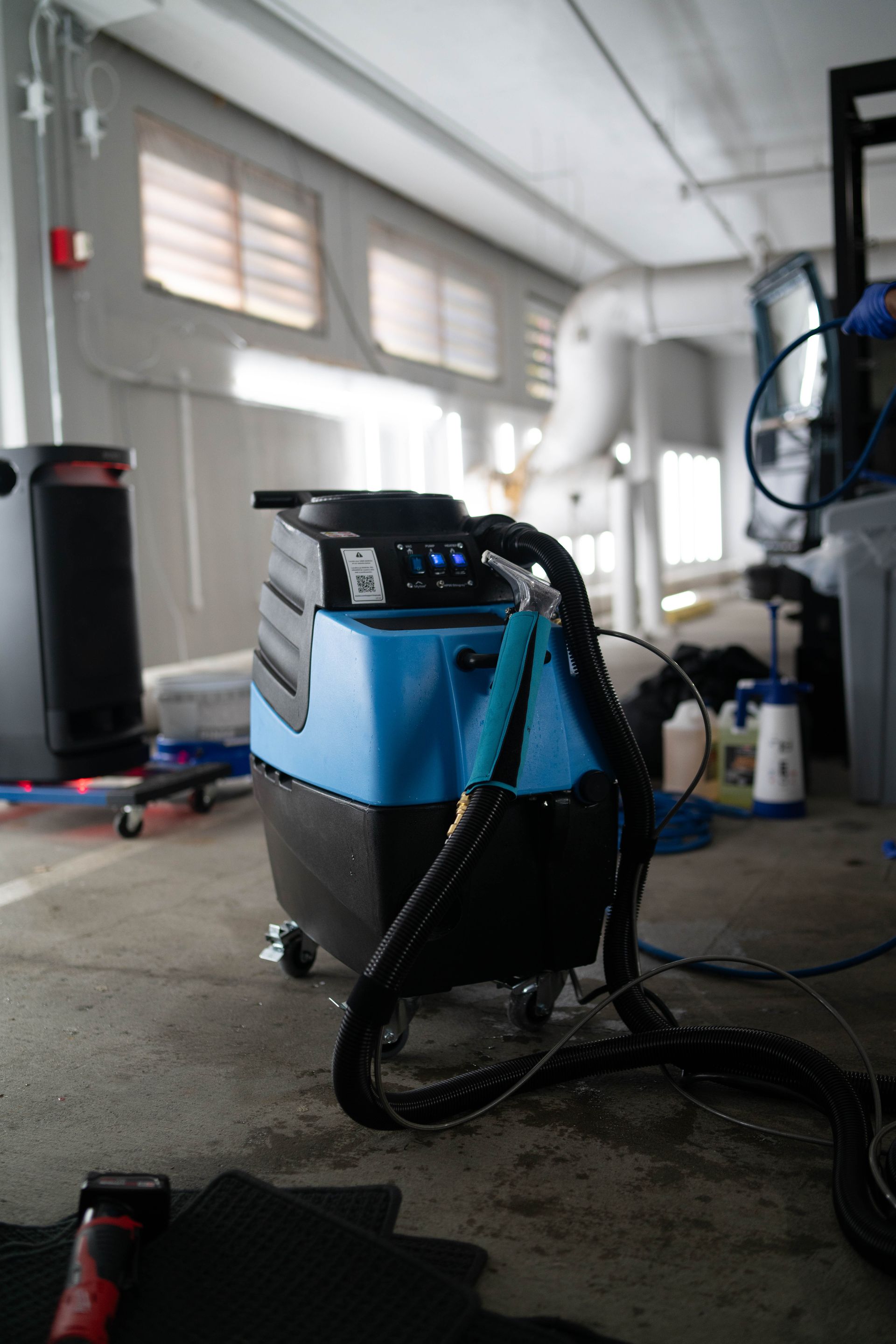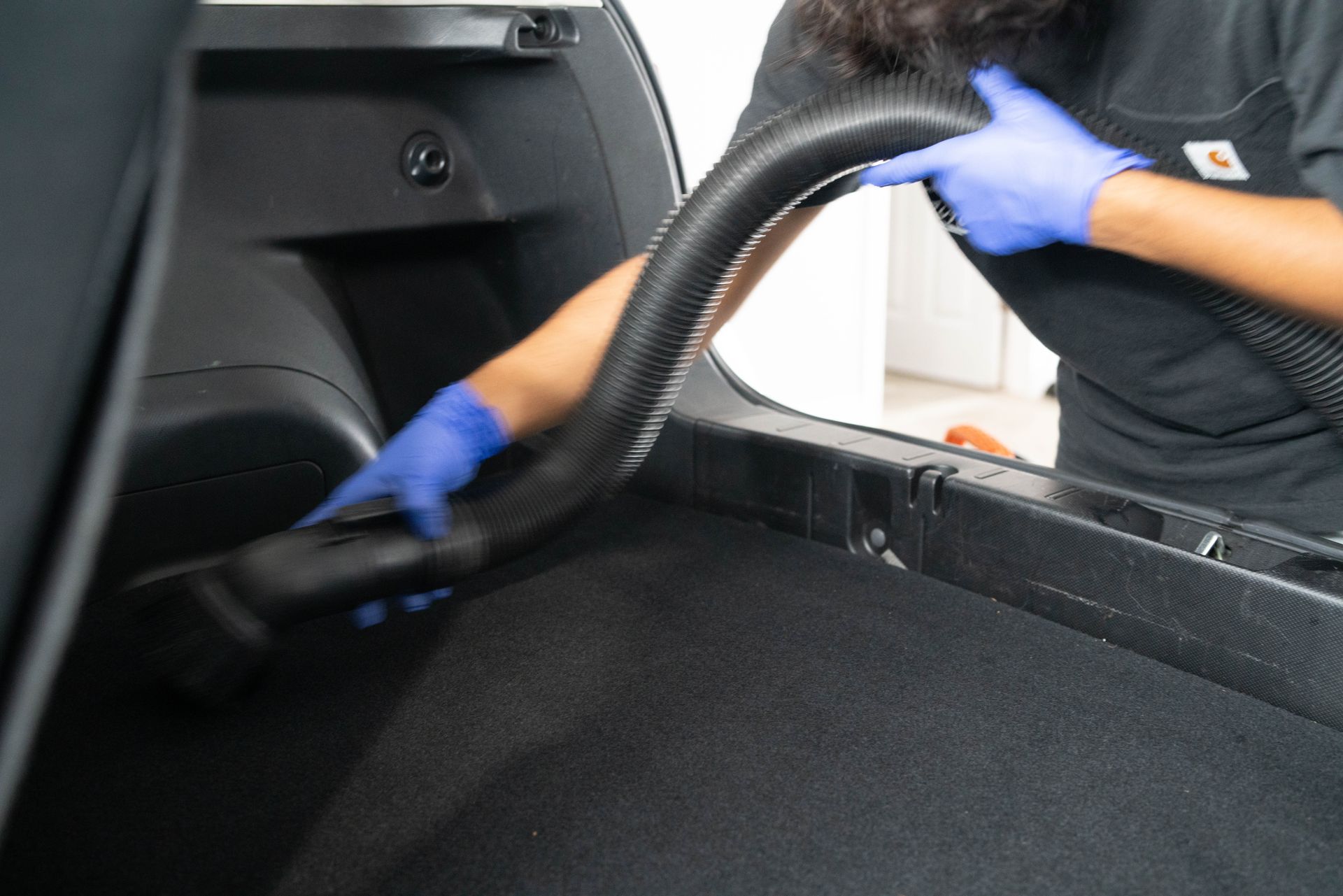Case Study: Effective Remediation of Water Damage and Mold in a 2019 Subaru Crosstrek
September 14, 2024

AC drainage issues can pose the tricky problem of sneaky vehicle water damage, turning your car into a breeding ground for mold, causing health risks. Oftentimes, water improperly drains onto the super absorbent padding on the underside of the interior carpets. This problem normally occurs after a blockage in the AC outlet hose, when the hose is shifted out of place, or with kinks or bends in the hose, leaking water inside of the vehicle. This enclosed, waterlogged carpet is a source of moisture, creating the perfect place for mildew, mold and bacteria growth.
The dark, humid environment of a car, especially under the carpet, provides ideal conditions for mold spores, which are present everywhere in the air to settle, grow and thrive. The absorbent carpet fibers and padding act like a sponge, absorbing and retaining moisture. This trapped water, combined with the lack of airflow and sunlight under the carpet, creates the perfect environment for mold to multiply rapidly, often undetected until a musty odor becomes noticeable, if not unbearable.

We were presented with a 2019 Subaru Crosstrek, where the customer had claimed to have absorbed the moisture left from the AC leakage using a wet vac. When the vehicle came in, we noticed standing moisture coming from the area of concern, underneath the passenger seat, by wicking our glove on the surface. The smell of waterlogging was present along with a musty, mildewy scent.
By the smell of standing water, mildew and the presence of moisture on the surface of the carpets that hadn’t subsided after weeks, we diagnosed that the carpet had water damage that we would have to further investigate. After disconnecting the battery, we removed the trim, front and back seats, and lifted both the driver and passenger side of the carpets in order to assess the level of damage. There was no pooling of water present, but we noticed a large amount of water absorbed into the underside of
the carpet. When wrung out by hand, a few ounces of water spilled out of the carpet with little effort.
This water absorbed into the padding had reached all the way to the underside of the driver’s seat and required extraction of the entire carpet.
Because we could access the entire carpet and extract the moisture, we were able to salvage the carpet without requiring a replacement. Using an industrial grade extractor, the
Mytee HP90 Stingray Heated Carpet Extractor, we were able to get the carpet and underpadding dry to the surface, removing the excess moisture from the vehicle. The heated function of this extractor is crucial as it not only speeds up the drying process but also helps to kill mold spores more effectively.
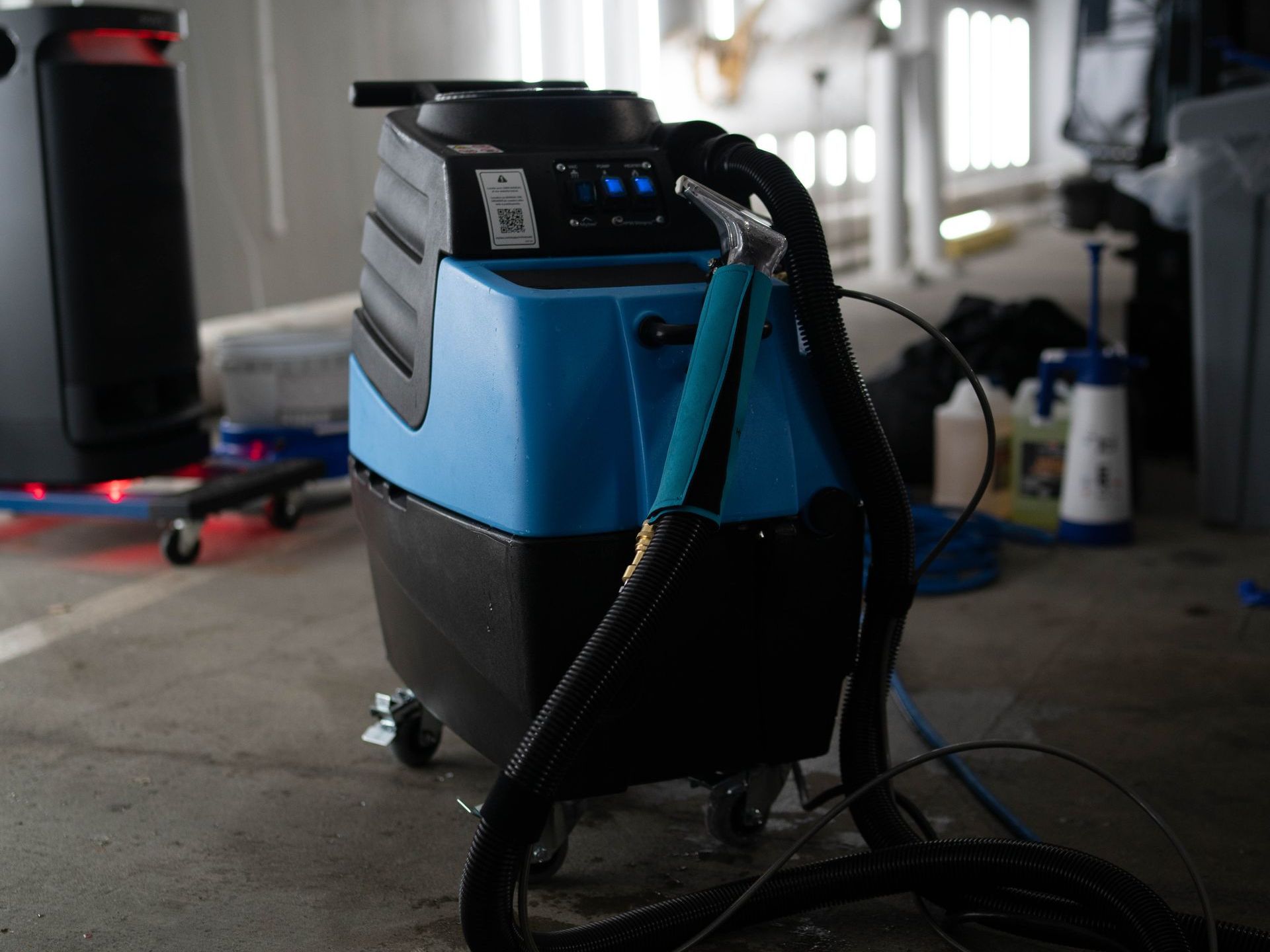
A few steps were taken to stabilize the levels of mildew inside of the vehicle, including using a mold inhibitor on these carpets, including the underside where water damage was present and the chassis of the vehicle where the carpet made contact with the vehicle. With the use of industrial air movers, we were able to dry both sides of the carpet before reassembly.

All surfaces, plastics, upholstery and seats were steamed and treated with mold treatment. This combination eliminated musty odors in the process by killing the source. Once treated, seats, carpets and trim were clipped back into place. Upon reconnecting the battery, we ran the heat to finish drying the vehicle and ran an ozone generator, recirculating through the vents to kill any remaining spores and eliminate odors.
After using the machine, we conditioned all plastics in order to revive the oxidized surfaces.
Each step of the process in water damaged cars plays a large role in effective remediation. The vacuuming step, for example, is as important as the mold removal process, because eliminating organic matter and food particles inside of the vehicle creates a lesser chance for the recurrence of mold or mildew. Leaf debris for example, can decompose, providing a food source for mold spores.
When a vehicle has a history of mold, we always recommend to minimize food and moisture inside of the vehicle. Routine cleaning also prevents the recurrence of the issue, removing bacteria and minimizing spore accumulation and the accumulation of other microorganisms.
Each vehicle is handled on a case by case basis and may need to be treated differently. For this approach, when extracting the carpets, it made sense to use minimal amounts of water when doing
a heated extraction to prevent the reintroduction of moisture. This vehicle showed improvement between this level of extraction, steaming and mildewstat treatment. In other cases, with more persistent smells, or visible mold rather than mildew, more intensive cleaning and extraction may be necessary to fully remedy the issue, along with longer drying time.
When performing mildew or mold removal, it is important to address all the surfaces that the spores may have come into contact with, even if there is no smell or visible indicators of contamination present. This provides the best chances to prevent future infestation. For this vehicle, we ensured headliner, vents, trim, plastics, windows, etc. were treated and processed thoroughly through multiple levels of remediation methods to ensure that spores were minimized as much as possible.
Other Considerations
When using the air pushers, it is important to move the air in harder to reach areas like corners and under trims, (e.g. under center console) to prevent fungal growth in hidden areas. We also recommend moving the direction of the air frequently in order to avoid any missed spots where carpets could still be holding moisture.
With the use of the ozone machine, we recommend drying the vehicle first and removing any air fresheners in order to best target the mold and mildew smells.
Mold emits harmful VOC and should be treated as a major health hazard. We always recommend using the appropriate PPE when handling mold, including masks, goggles, protective gloves and suits. Failure to use the proper equipment can result in lung damage, respiratory illness or other mold related disease.
Always Consult A Pro
This case study is created for illustrative purposes only, and should not serve as a guide for at home mold remediation. Attempting to handle mold infestation without proper training, equipment, and safety precautions can pose serious health risks. Mold spores can become airborne during cleaning, leading to inhalation and potential respiratory problems, especially for individuals with allergies or sensitivities. If you suspect mold growth in your vehicle, it's crucial to
consult with a qualified mold remediation professional. They can provide a thorough assessment, develop a safe and effective remediation plan, and help you restore your vehicle to a healthy and odor-free environment.
